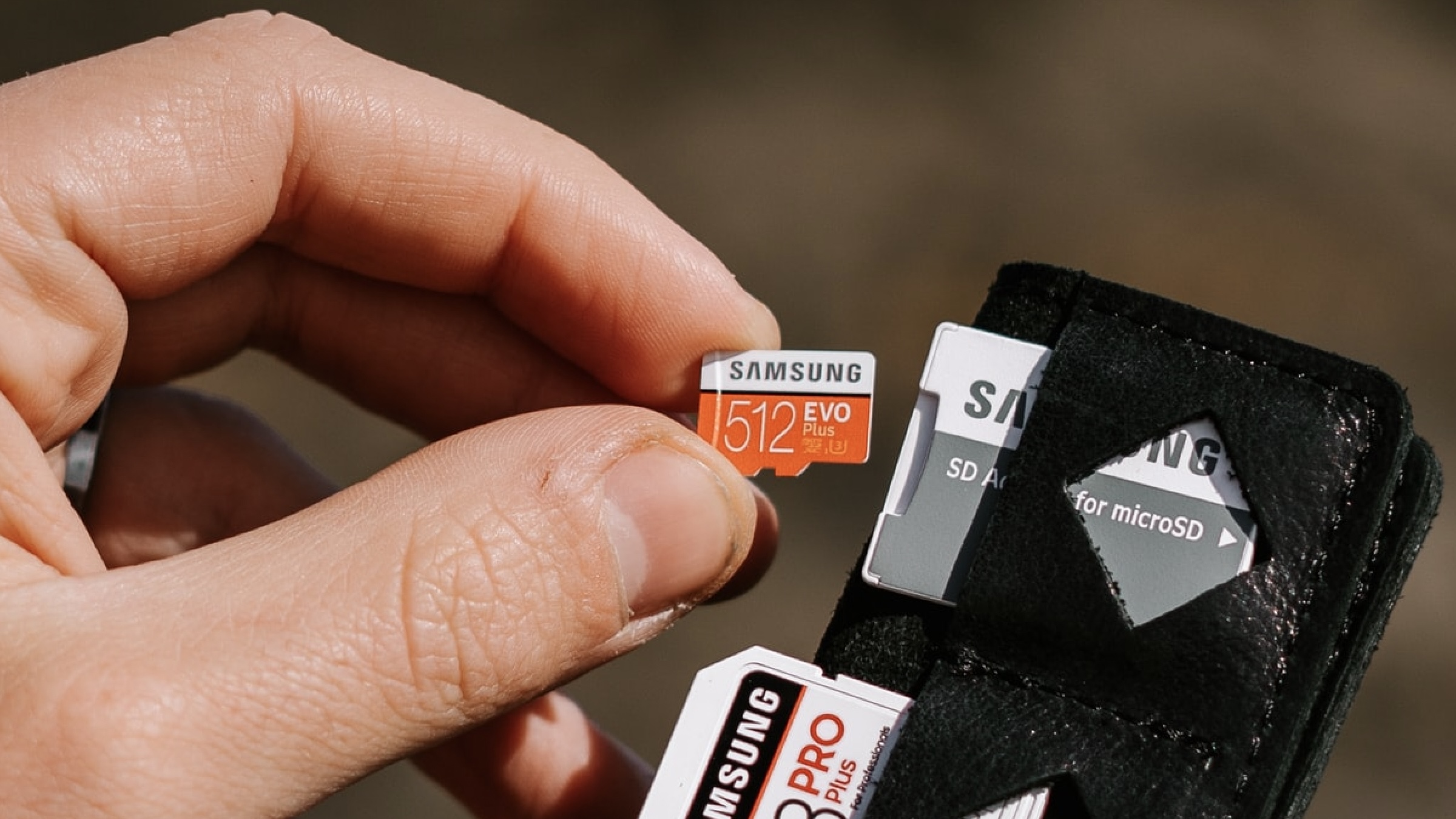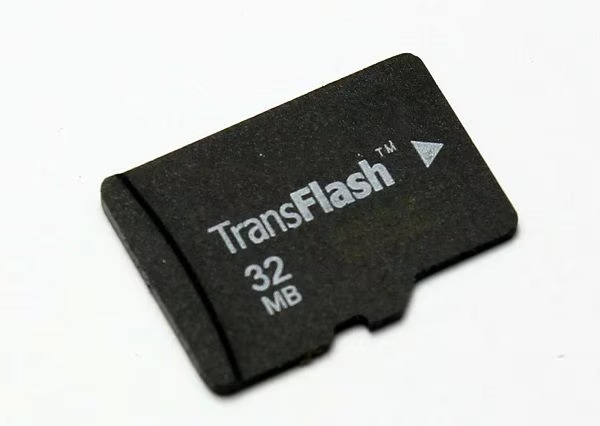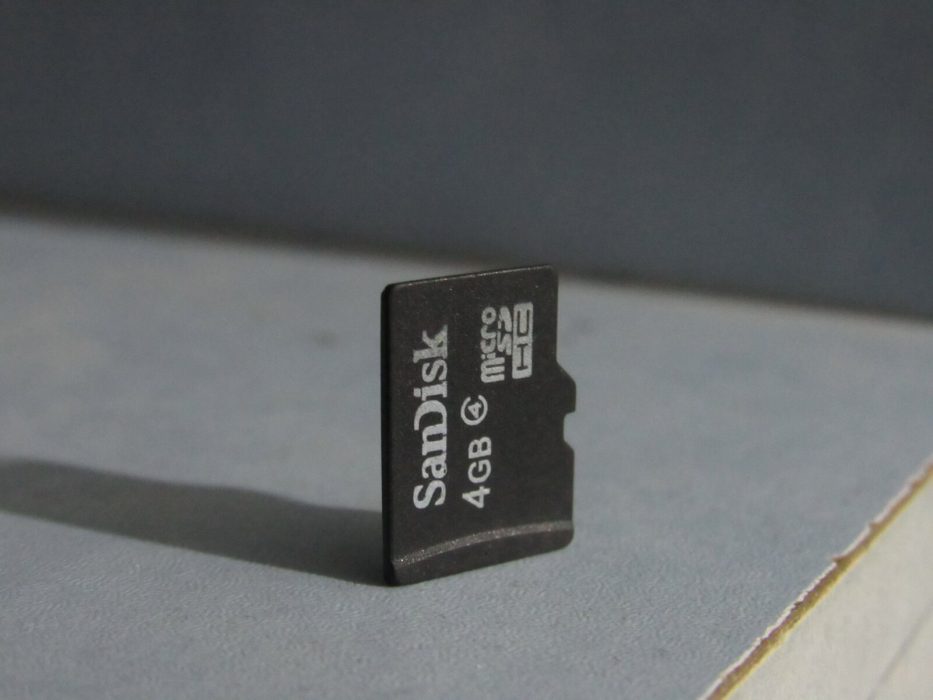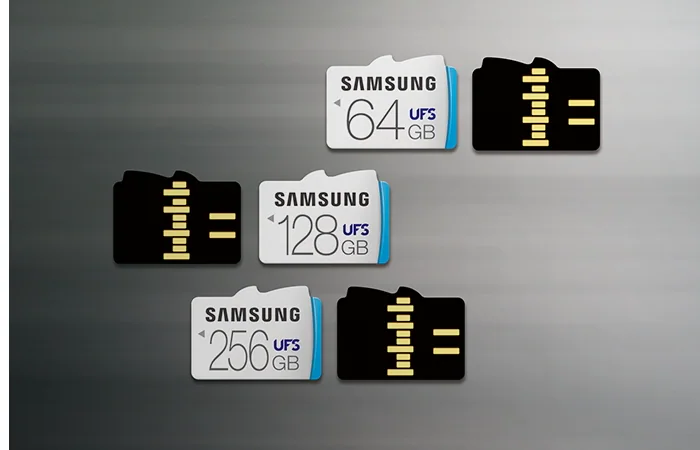TF Card Explained: How does it Differ from microSD Card?

Memory cards have been around for a long time and come in several different options. Among the most popular are TF and microSD cards, but you might be wondering—what’s the difference between the two? This guide will quickly help you understand TF cards and their uses.
What is a TF Card?

TF, or TransFlash cards, were first developed by Motorola and SanDisk in 2004 to provide additional storage for mobile phones, which had fairly limited capacity then. The concept was simple: create a smaller card format than the bulky SD cards available.
When the TF card first hit the market, it was revolutionary. It solved mobile phones’ storage limitations while being more compact and faster than the standard SD card. Additionally, the fact that the TF card was interchangeable with the SD card, albeit requiring an adapter, made it a preferred choice.
What is a microSD Card?

Well, you might not have expected this, but microSD is actually a rebranded version of TF cards. In 2005, SanDisk and the SD Association officially renamed TF cards to microSD cards to better align them with other SD card formats, like standard SD and miniSD cards. While the term “TF” has largely faded, you may still find it on older cards and gadgets from that era.
Nowadays, microSD cards are everywhere, from smartphones and cameras to gaming consoles like SteamDeck and even drones. They provide convenient storage for important data and media files.
Are TF Cards and microSD Cards Interchangeable?
Yes, TF and microSD cards are interchangeable in terms of functionality. Whether you have an older device that uses a TF card or a newer one that uses microSD, both will work as long as the card fits and has the required capacity.
UFS Cards

While microSD cards remain the standard for external smartphone storage, there’s a newer technology on the market: UFS or Universal Flash Storage cards. These cards offer significantly faster speeds and better performance, especially for devices requiring high-speed data transfer, like 4K video cameras and smartphones.
However, despite being similar in size, UFS and microSD cards aren’t interchangeable. If your device doesn’t support UFS, you won’t be able to use one. Therefore, it is important to check your device’s specifications before buying a UFS card. Currently, high-end phones from brands like Samsung and OnePlus support UFS cards.
Wrapping Up
At the end of the day, when comparing TF cards, microSD cards, and newer UFS cards, it all eventually comes down to what your device supports. For most users who need extra storage for photos and data, a microSD card will do the job just fine. On the other hand, if your workflow requires transferring big files frequently, consider getting a UFS card.






